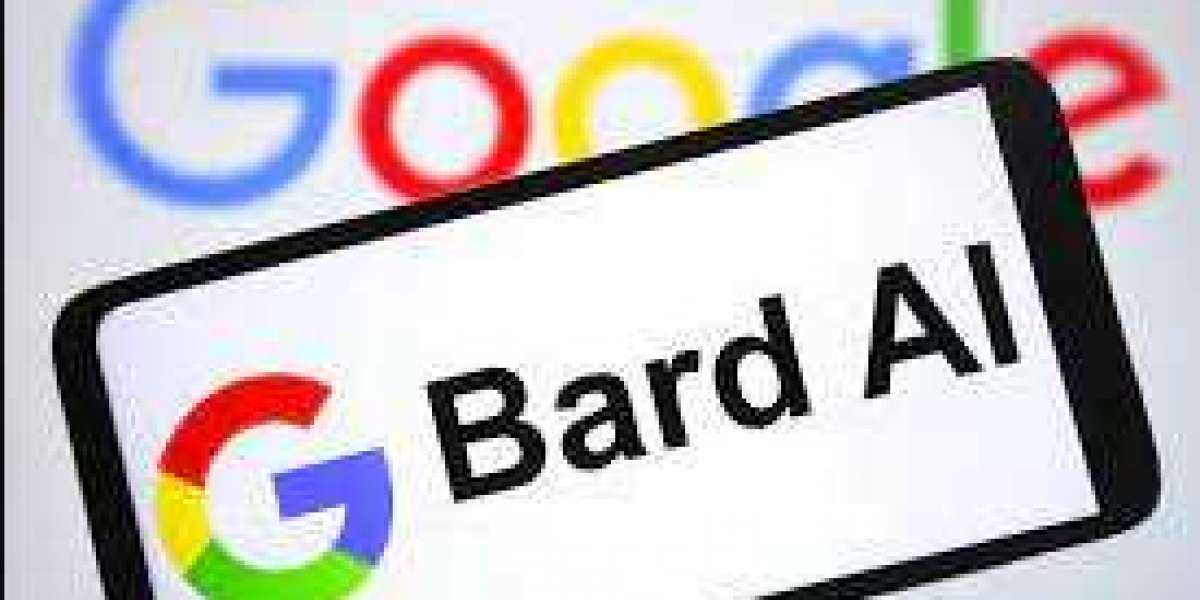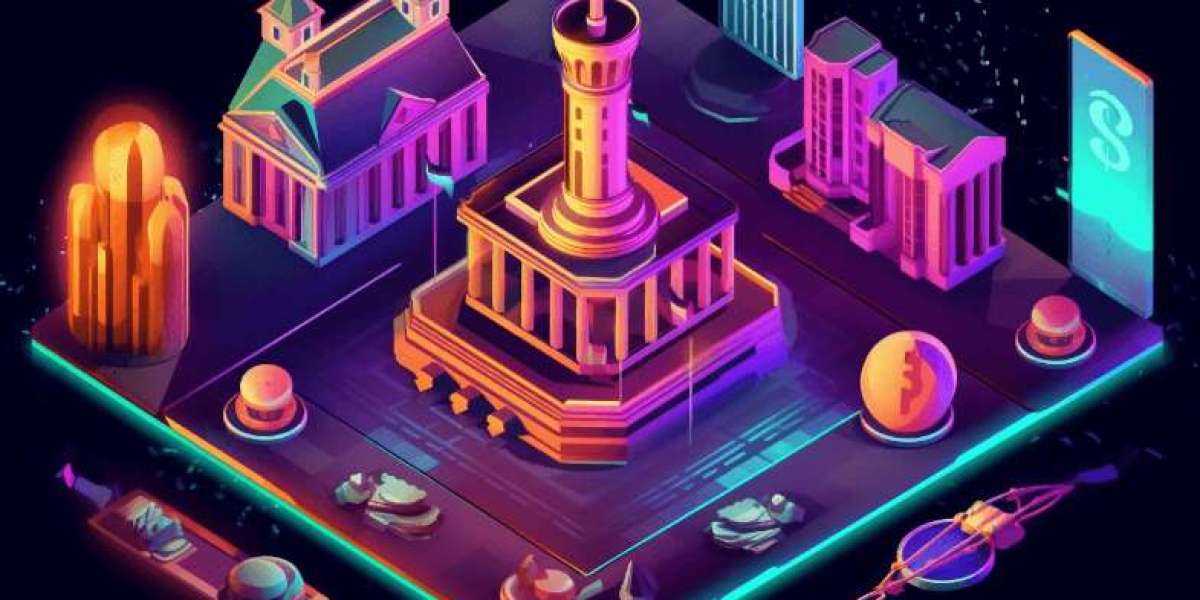What exactly is Google Bard?
Bard is an experimental, conversational AI messaging service developed by Google. It is intended to function similarly to ChatGPT, with the primary distinction being that Google's service will pull its data from the web.
As with most AI chatbots, Bard can code, solve arithmetic problems, and assist with writing.
When did Google Bard become available?
Sundar Pichai, the CEO of Google and Alphabet, revealed Bard in a statement on February 6. Even though Bard was a brand-new concept at the time of its announcement, Google's Language Model for Dialogue Applications (LaMDA), which was introduced two years prior, enabled the AI chat service at launch.
ALSO READ:What is The ChatGPT API: An Essential Guide
How does Google Bard work?
Google Bard is powered by Google's most advanced and proprietary large language model (LLM), PaLM 2, which was introduced at Google I/O 2023.
PaLM 2, a more sophisticated version of PaLM that was released in April 2022, will enable Bard to be significantly more productive, perform at a significantly higher level, and resolve previous issues.
Initial implementations of Bard utilized a lightweight version of the LaMDA model because it requires less computing power and can be scaled to accommodate more users.
Transformer, Google's neural network architecture that it invented and open-sourced in 2017, was used to construct LaMDA. Google reports that GPT-3, the language model on which ChatGPT operates, was also constructed using Transformer.
Google's decision to use its own LLMs, LaMDA and PaLM 2, was a bold one, given that some of the most popular AI chatbots, such as ChatGPT and Bing Chat, currently use an LLM from the GPT series.
Who can utilize Google Bard?
The tech giant announced at Google I/O that there would no longer be a waitlist for Bard, indicating that it would be available to the general public.
The previous waitlist for Google Bard was made available on March 21, 2023, and it granted limited users in the United States and United Kingdom access on a rolling basis.
What languages is Bard available in?
Google has been actively expanding the language capabilities of its AI models, such as the Google Bard language model. It is possible that Google has made progress in expanding Bard's language support to additional languages since my last update.
Google has a history of incorporating more language support into its products and services, so it's probable that Google Bard will incorporate more languages over time. For the most up-to-date information on the languages supported by Google Bard, it is recommended to consult the official Google documentation or announcements.
Google announced at Google I/O that Bard will support Japanese and Korean and is on course to support 40 additional languages in the near future.
ALSO READ:How to Use Chat GPT for Power BI: It’s Easy!
What is the debate surrounding Google Bard?
The launch of Google's Bard was rocky, with a demonstration of Bard providing inaccurate information about the James Webb Space Telescope (JWST).
To launch the AI service, Google tweeted a demo of the AI chat service with the prompt "What new discoveries from the James Webb Space Telescope can I tell my 9-year-old about?" Bard responded, "JWST captured the first images of a planet outside our solar system." People immediately recognized that the output response was factually inaccurate.
A Google spokesperson told ZDNET, "This highlights the importance of a rigorous testing process, which we are launching this week with our Trusted Tester program."
The actual performance of the chatbot generated a great deal of negative comments.
In ZDNET's experience, Bard was unable to answer basic queries, had a longer wait time, did not include sources automatically, and lagged behind more established competitors. The CEO of Google, Sundar Pichai, compared Bard to ChatGPT and Bing Chat by comparing it to the Civic platform.
Prior to the publication of Bard, Google's LaMDA was also criticized. According to Tiernan Ray of ZDNET, shortly after the release of LaMDA, former Google engineer Blake Lemoine published a document stating that LaMDA may be "sentient." This controversy subsided after Google denied sentience and placed Lemoine on administrative leave before releasing him.
Google's transition from LaMDA to PaLM 2 should mitigate a number of Bard's current problems.
Why did Google decide to disclose Google Bard now?
ChatGPT has been popular since its introduction. After less than one week, ChatGPT had more than one million users. UBS analysis indicates that ChatGPT is the app with the highest growth rate of all time. Other technology companies, including Google, are attempting to enter the market as a result of this success.
Microsoft unveiled a new AI-enhanced Bing, which operates on a next-generation OpenAI large language model customized for search, within the same week that Google introduced Bard.
What other AI services does Google have?
Google provides a vast array of AI services that utilize artificial intelligence and machine learning technologies to provide a variety of functionalities and solutions. Some of Google's most notable AI services include:
+ Google Assistant:Google Assistant is an AI-powered virtual assistant that can converse in natural language with users, answer queries, perform tasks, provide recommendations, and control smart devices.
+ Google Cloud AI Platform:This platform provides a comprehensive collection of tools and services for constructing, training, and deploying machine learning models. It consists of services such as AutoML, AI Platform Notebooks, AI Platform Training, and AI Platform Prediction.
+ Google Cloud Vision API:Vision API allows developers to incorporate vision recognition capabilities into applications. It is capable of analyzing images and videos, extracting information, detecting objects, identifying features, and comprehending text within images.
+ Google Cloud Natural Language API:This API enables developers to analyze and extract information from text using natural language processing capabilities. It is capable of, among other things, sentiment analysis, entity recognition, and language detection.
+ The Google Cloud Speech-to-Text API:This API converts spoken language to text. It offers precise transcription capabilities for various applications, including transcription services, voice assistants, and voice commands, and supports real-time streaming.
+ Google Cloud Translation API:The Translation API enables developers to integrate language translation capabilities into applications. It supports translation between multiple languages and provides services for both text and speech translation.
+ Google Cloud AutoML:AutoML is a suite of machine learning tools that facilitates the process of constructing custom machine learning models. It provides an intuitive interface for training models without an in-depth understanding of machine learning algorithms.
+ Google Cloud Dialogflow:Dialogflow is a conversational AI platform on Google Cloud that allows developers to create chatbots, virtual agents, and interactive voice response systems. It facilitates the comprehension of natural language and provides instruments for the design of conversational flows.
+ Google Cloud Video Intelligence API:This API allows developers to extract video-based insights. It can detect objects, recognize features, comprehend speech, and analyze video content for applications such as content moderation, video search, and video recommendations.
+ Google Cloud Recommendations AI:This service provides personalized recommendations based on the preferences and actions of the user. It employs machine learning algorithms to analyze user data and generate customized recommendations for the e-commerce, media, and other industries.
ALSO READ:Who created Chat GPT – and who owns OpenAI?
These are just a few examples of Google's artificial intelligence services. Google continues to innovate and expand its AI offerings, enabling developers and businesses to harness the potential of AI in their applications and services.




Alphonsus Odumu 1 w
nice to know you